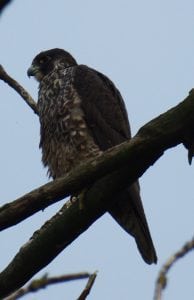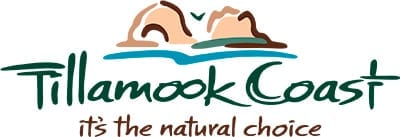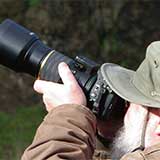Tillamook Coast Life Blog
Raptors flourish in Tillamook’s ‘working landscape’
“Working landscapes” is a hot topic in regards to wildlife populations.
The concept refers to landowners using their property for economic benefit, while still maintaining some value as wildlife habitat. The concentration of raptors around Tillamook is a good example of wildlife adapting to a working landscape.
Tillamook’s dairy industry relies on high-quality grass and other forage produced by local soils and climate. Voles (aka meadow-mice) have found these pastures to be an attractive habitat. Therefore, the most abundant raptors (eagles, falcons, etc.) around Tillamook are vole eaters, and they have become an integral part of the farm ecology.
Among the “best” recent, raptor sighting was of a three-year-old Bald Eagle perched in a small fir tree on the side of Hwy 101 just at the south end of Tillamook.

Another highlight was a juvenile Peregrine Falcon in a leafless tree along Boquist Road. This was a Peale’s Peregrine, a visitor from the north. This subspecies lives on the outer coast of British Columbia, southeastern Alaska, and west to the Aleutians where the adults specialize on hunting seabirds out over the ocean.
They are mostly resident, but a few, mainly immatures, wander south to Oregon each year. Peregrines habitat practically worldwide, with numerous subspecies, but Peale’s are the biggest, darkest, baddest of the bunch. Dorsally they are nearly black, and young birds have heavy streaking on their underparts extending right up to their throats and cheeks.
Remember, when observing these fowl, please respect private property. Stay on public roads, and find good pullouts. And of course, respect the traffic – look before you step out onto the pavement.

